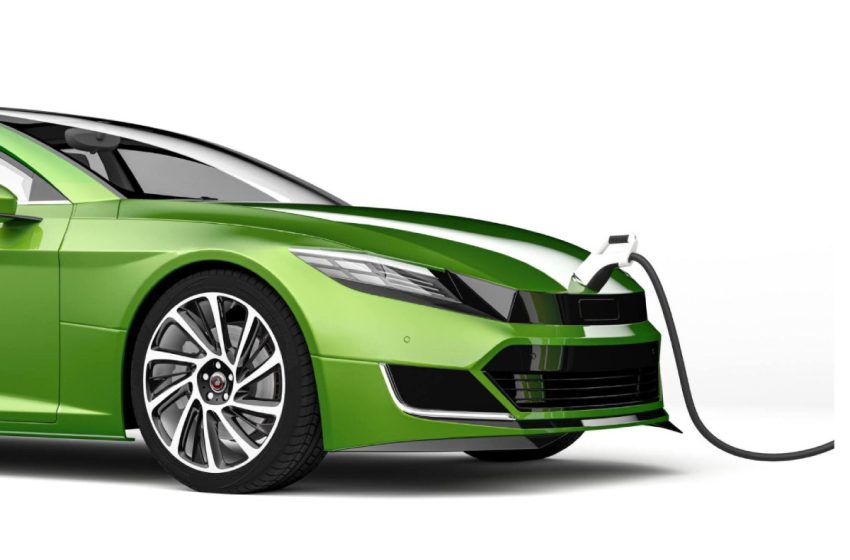
Best Electric cars: What are they, How they Work
They do not emit polluting gases. They do not make noise; it have lower maintenance costs and many circulation and parking privileges due to their Zero Emissions label. So are electric cars.
Table of Contents
What are they?
Electric cars are vehicles powered by one or more electric motors that use the battery’s energy stored. They are silent and do not pollute. They only need a cable and a plug to charge their battery. With an electric vehicle, you will be able to move around the city without fear of possible fines for parking or circulation in episodes of pollution and periods with restrictions.
All their Advantages
The 100% electric vehicles are those with more significant advantages, especially concerning the use and circulation. We review them all.
- Electric vehicles have the CERO environmental mark from the General Directorate of Traffic (DGT).
- They park for free in the SER’s regulated parking lots without time limits.
- They can always access city centers, even when anti-pollution protocols are in place. In Madrid, besides, you can also access Madrid Central without problems.
- They can always circulate on BUS HOV lanes, even if the driver does not have a companion.
- Electric vehicles have a reduction in the rates of some tolls.
- An electric car is exempt from paying the registration tax.
- Electric vehicles enjoy a 75% discount on road tax.
- In the city of Barcelona, electric cars can recharge their batteries for free at public charging points. They only have to apply for the Electric Vehicle Card to benefit from this and other advantages.
- Electric has a lower maintenance cost. Engine checks practically disappear (no oil, filters, etc.).
It is How they Drive
That the electric car has become normalized in its use is a fact. They drive practically the same as any car and already have an almost conventional brake feel. What’s more, today, they already generate even more driving pleasure for various reasons. Due to their great acceleration: electric motors offer an instantaneous maximum torque, being very reactive cars. Another, of course, for the excellent comfort generated by riding in absolute silence. Driving an electric vehicle causes relative peace and tranquility, something that today, especially for those immersed in urban traffic, remains appreciated.
Electric Cars: How they Work
The electric motor is the most common, the most produced machine in the world. A mid-range car can hide dozens of electric motors of all sizes. However, the vehicles that use them to move the vehicle are still rare. They are small, simple, very efficient. It don’t need to change gears. They work with high voltages, which is why the most bulky thing is the high power electronics responsible for managing their operation. That they are not more widespread must be attributed to the fact that they need electricity. They depend on a battery. These are no longer placed in the trunk and under the hood, taking advantage of each gap.
Now the batteries go under the floor, between the axles, providing a very high center of gravity. Nor are they the heavy lead ones from the beginning, but lithium ones, light, like those of a mobile phone, although they end up being heavy because their electricity storage capacity is much higher. It is so because a lot of electricity needs to remain accumulated to have sufficient autonomy with each recharge (it started with 100 km, but now some models exceed 500 km). That it becomes cheaper, lightens, and serves more users and purposes will depend as much or more on the battery than on the network to recharge it.
Electric Cars: Autonomy and Charging Points
If you are going to decide on a 100% electric car, it would be interesting to answer two essential questions when buying: What use are you going to give? That is to say, the kilometers that you approximately do daily, to account and verify that the autonomy of the vehicle meets your needs. And where are you going to park it? If you live in a block of flats and your car will “sleep” on the street, it will be more difficult for you to charge it while a public charging network remains deployed. Ideally, you should have a specific charging point for your electric car in your home.
Horsepower or Kilowatts?
It is the same power, but in the electric car, it can remain said that it is constant from the moment the engine starts to move, while in the combustion car, the announced power is only in the upper zone of the rev counter. That’s why electricity is so lively in urban use.
Inductive Charging
Charging cables are heavy, dirty on the floor, and take up space in the trunk. Manufacturers already work with inductive charging plates, with few losses than a cable and much more comfortable.


